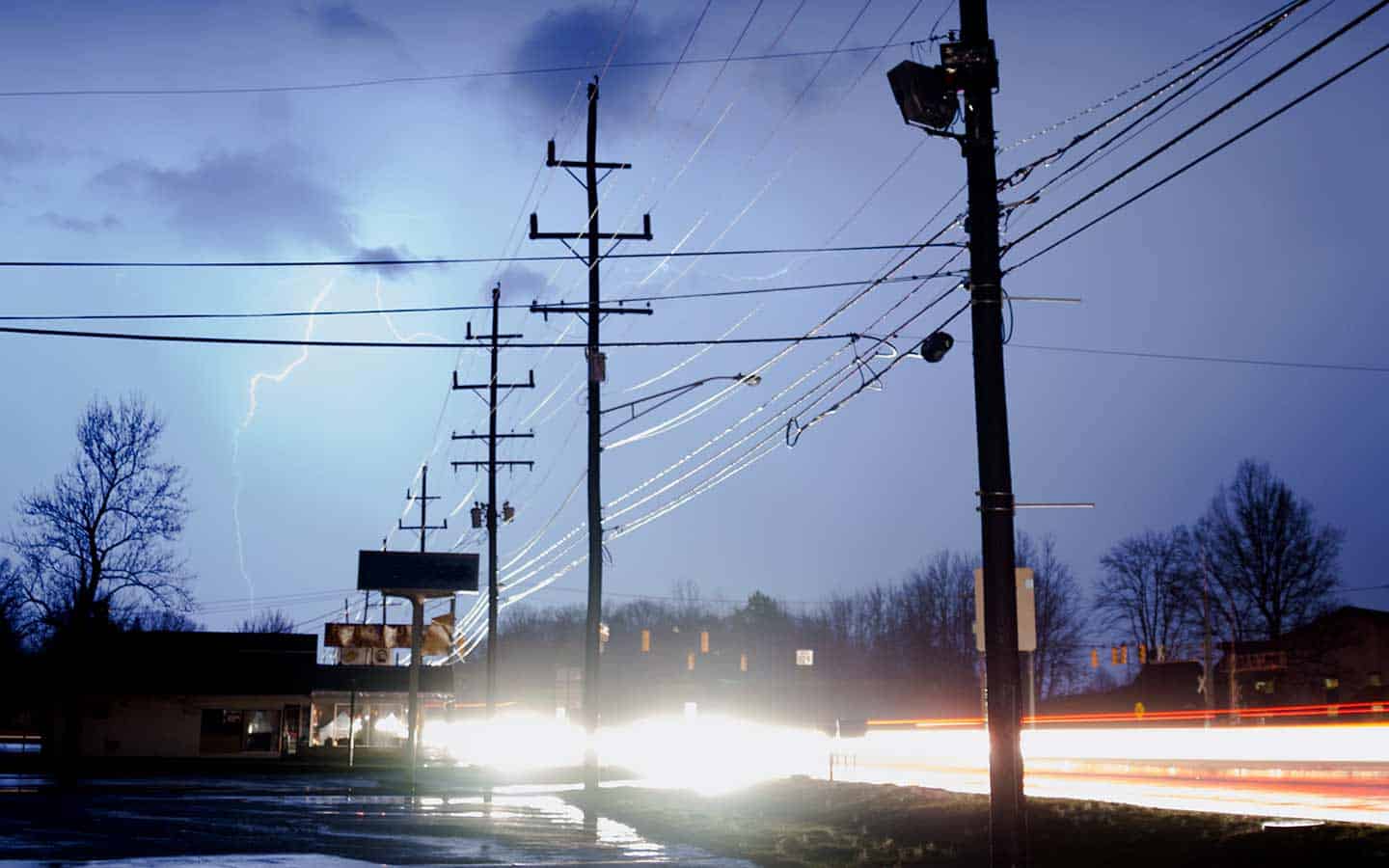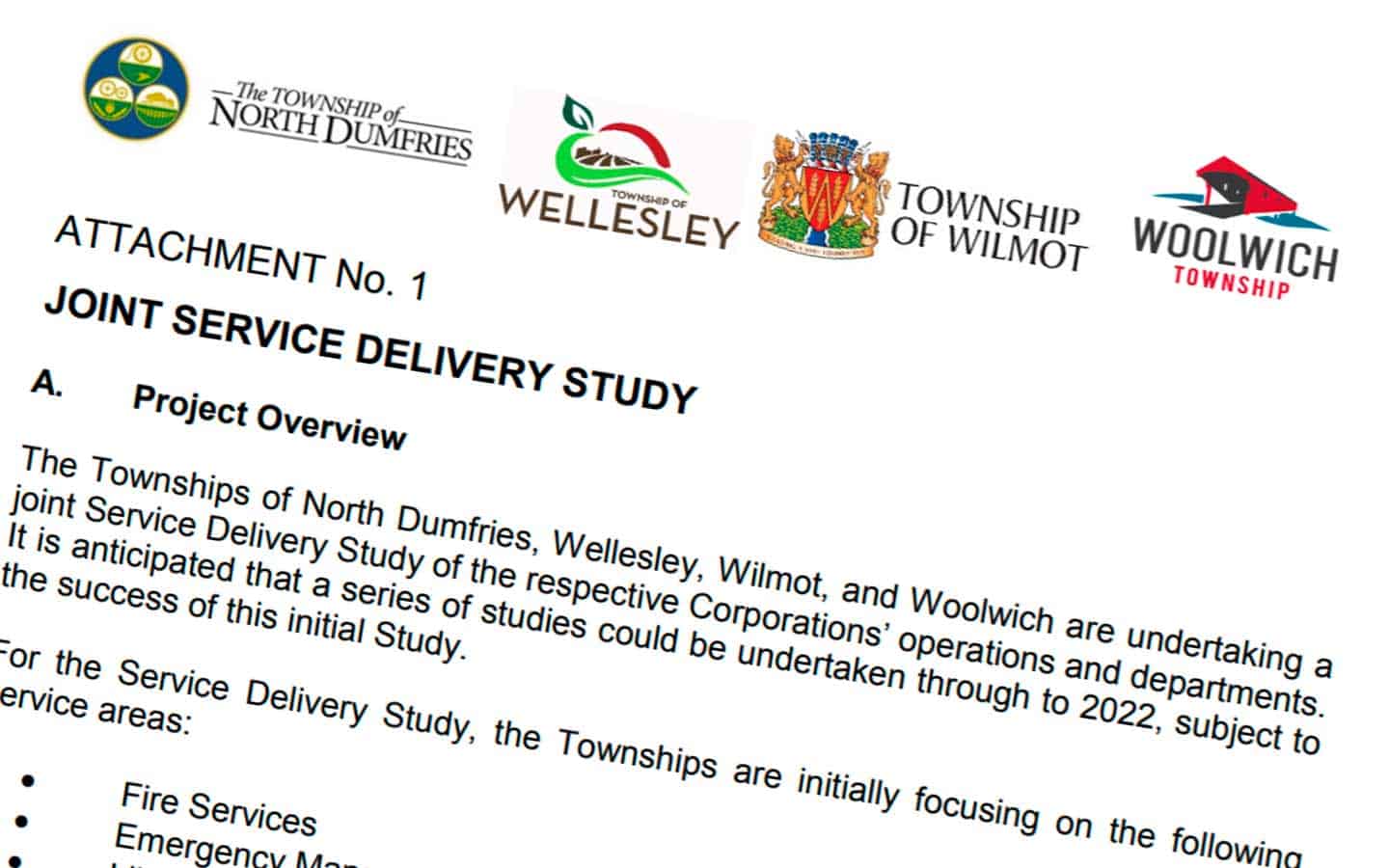The storms that come with unstable weather are the most likely culprit when the power goes out rather than spikes in demand as we crank up the air conditioning.
When the power went out for a few hours last week, for example, Waterloo North Hydro (WNH) crews dealt with downed trees that took out power lines, not with any overload to the system, despite the heat.
“The outages were tied to the weather we experienced,” said Jeff Quint, the utility’s manager of energy conservation and corporate communications, noting demand hasn’t been an issue.
In fact, peak demand has been fairly steady for years at a level much lower than in the past.
After a long upward curve starting about 25 years ago, the demands on the system have been “almost flattening” for the past decade or so. That can be attributed to an array of factors, says Quint, pointing to greater energy efficiency, time-of-use pricing and public awareness, with more people taking energy-saving measures to heart.
“I think there are a number of things that account for that flattening,” he said.
“For us, it hasn’t been a concern,” he added of demands for power. “Our systems are designed to handle a much larger load than we have experienced.”
That reflects a trend that’s been seen province-wide, notes the Independent Electricity System Operator (IESO), which manages the transmission of electricity.
Demand for electricity is down from its peak about 15 years ago, to about 22,000 megawatts from 26,000 to 27,000 in the middle of the last decade, said IESO spokesman Jordan Penic.
Despite the recent string of hot, hazy and humid days, Waterloo North Hydro has seen demand at normal levels, though the weather does play a role.
“Peak demand is always related to temperature, and the cooling load,” said Quint. “The [current] demand hasn’t had any implications on our system.”
While Waterloo North Hydro and its counterparts throughout the province have taken steps to shore up the system to avoid demand-related blackouts, weather, on the other hand, remains an uncontrollable variable.
The industry can take steps to mitigate the outages likely to come from more severe weather, but it can’t avoid either the weather or the repercussions.
The goal, says Quint, is to find ways to make the system more robust. The utility has become more efficient at restoring power, with automated systems that can reroute power to get people’s power back on.
“We’re prepared for more frequent events. Our goal is to keep the lights on,” he said, noting WNH is at the mercy of the weather. “You can only do what you can do.”
At the provincial level, reliability is a top priority, characterized by shared standards across North America, some of which emerged from the huge blackout of Aug. 14, 2003 that left 50 million people without power in central Canada and the eastern U.S.
In Ontario, it’s the IESO that looks after adherence to continental standards. That includes making plans for extreme weather.
“We’re always looking at what the weather is going to be like 18 months ahead, five years and even 20 years down the road,” said Penic.
The IESO runs models and emergency preparedness exercises for coping with a variety of scenarios and threats, from severe weather to cyber attacks.
“We take a number of steps to ensure the system’s reliability.”
On the weather front, incidents such as ice storms are top of mind in what-if scenarios.
“Ice storms tend to be the most dramatic in terms of their impact and timeline associated with the impact,” said Dave Robitaille, IESO’s director of market operations.
Anticipating such weather events and preparing accordingly has been the mantra in the wake of events of the huge blackout, which saw mandatory reliability standards put in place.
“The system has come a long way since then,” said Robitaille.
Efforts to make the system more responsive following an outage have been ongoing for years, not tied to changes the climate or the weather per se.
“That’s an ongoing effort, not driven by climate change,” said WNH’s Quint.









